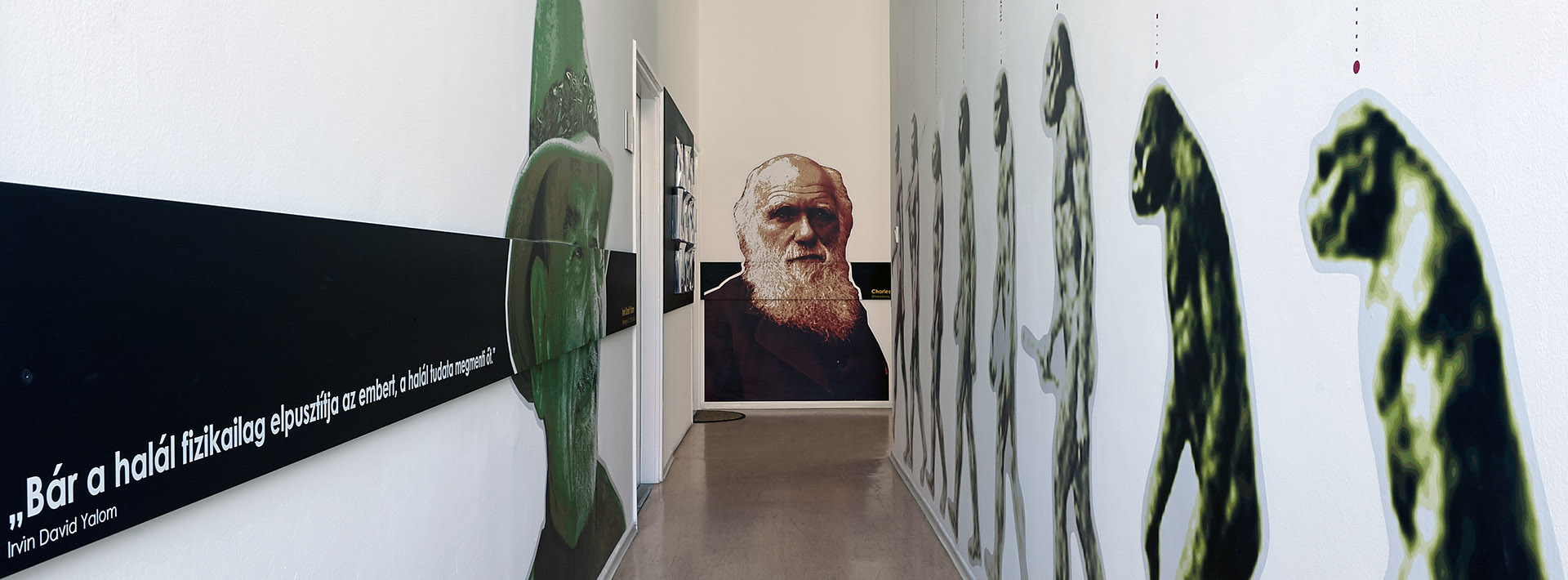COMMUNICATION TRAINING
(not only) for clinical staff
Aim of the communication training
In stressful, conflictual, or tense situations in patient care
- to practice and develop open and effective communication for mutuality and relationship maintenance (patient- physician and family-physician)
- developing effective communication between carers to reduce work-related stress and improve cooperation
Training methodology
- The training is conducted in small groups (less than 15 participants) and is therefore based on the active participation of the participants.
- As a training format, the training is mainly based on the problem-based learning methodology, i.e. after a short theoretical introduction to a given phenomenon, it relies on the experience, knowledge and cooperation of the participants in developing a solution to the problem. Through the demonstration of communication situations and the discussion that follows the testing of communication options, communication methods that can be applied in real life situations are developed.
- All participants agree to keep the personal aspects of what they say confidential.
- The effectiveness of the training can only be guaranteed if participants are active and motivated and do not miss any part of the training.
Content of the training
The communication situations to be addressed are based on the needs of the staff in the department/group/speciality requiring the training. The specific topics are prepared and proposed by the staff of the Division of Medical Education Development and Communication in the basis of the participants’ needs and requirements, considering professional criteria. The effectiveness of the training will be enhanced if the participants contribute to the development of the details of the communication patterns by briefly describing concrete, real-life situations. The effectiveness of the training will be enhanced if the participants contribute to the development of the details of the communication patterns by briefly describing specific, real-life situations.
